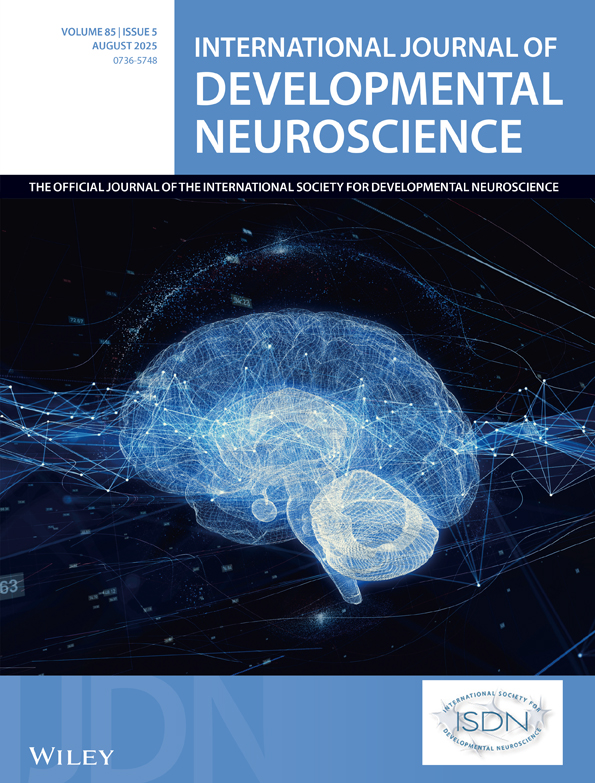Chronic blockade of bioelectric activity in neonatal rat neocortex in vitro: Physiological effects
Abstract
We have examined what effect the loss of spontaneous bioelectric activity has on neural network formation in organotypic rat neocortical explants grown under serum-free culture conditions. Explants were taken from dorsal midline (presumptive visual) and lateral (presumptive auditory) occipital cortex and chronically exposed to tetrodotoxin which blocked all measurable bioelectric activity between change of medium. Extracellular recordings revealed complex, rhythmic spontaneous and evoked multiunit discharges in all explants examined (following tetrodotoxin washout in the experimental group). Control auditory explants had significantly more sites from which electric activity could be recorded compared with control visual explants. Auditory cultures showed no effect of the tetrodotoxin treatment, whereas visual explants showed significant increases over control values, equalling the auditory values. This increased level of spontaneous bioelectric activity was maintained for at least 10 days following transfer of the cultures to control growth medium. There was no significant difference between control visual and auditory explants regarding the number of sites from which evoked activity was seen. Nor did either cortex group show an effect of tetrodotoxin on the number of sites from which evoked activity was seen. The frequency with which spontaneous bioelectric discharges occurred per site increased with age in auditory vs visual cortex. These differences, however, were abolished in the tetrodotoxin-treated groups. It was concluded that neocortical explants which have experienced chronic suppression of spontaneous electric activity did not suffer deficits in neural network formation, though there is an effect on the incidence and frequency with which such activity is given.




